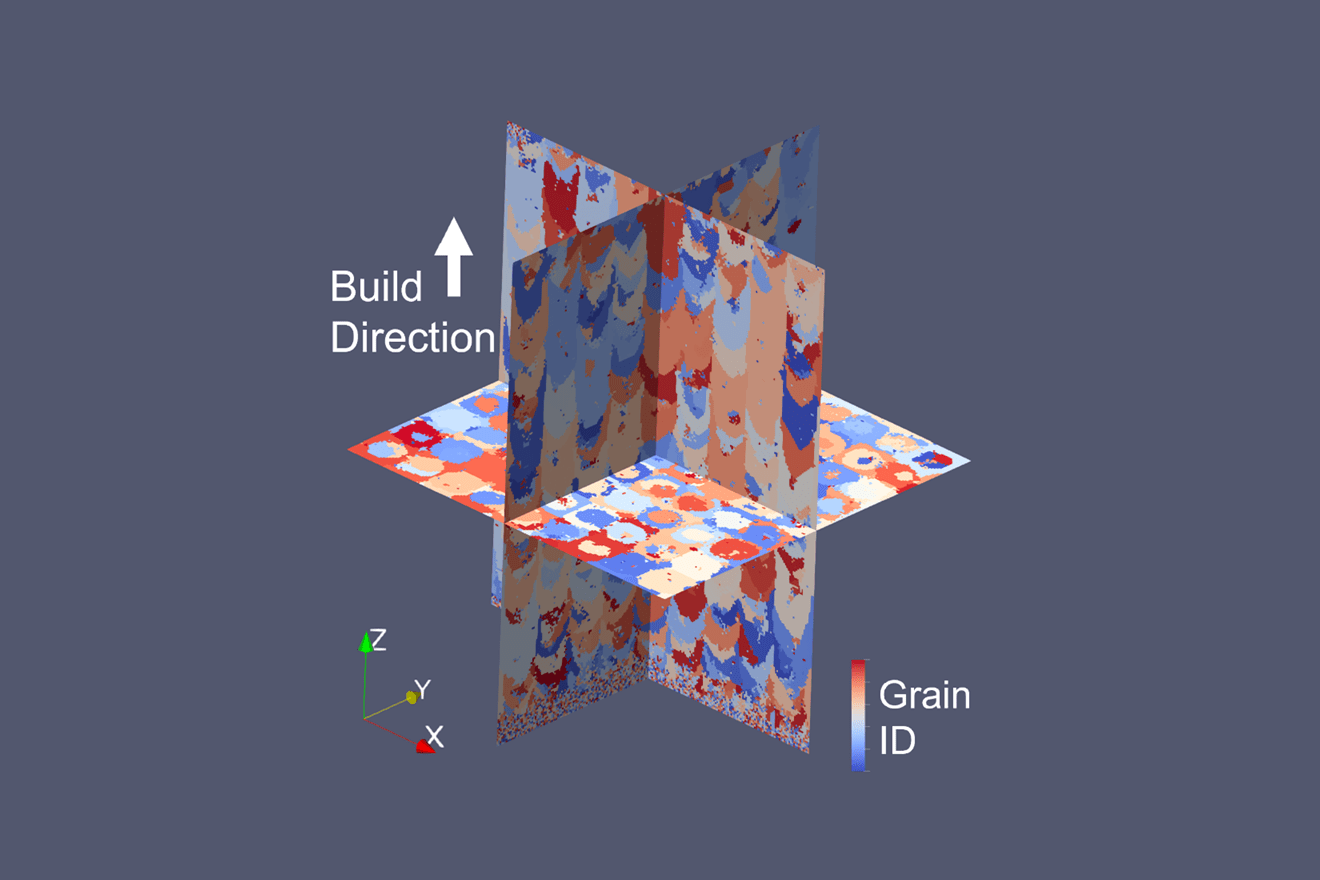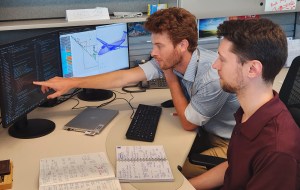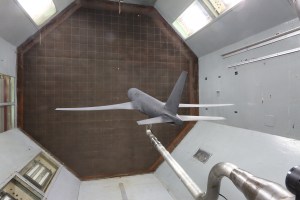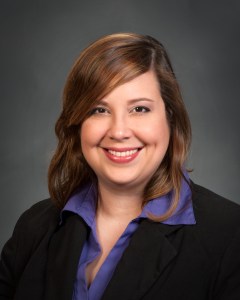NASA researchers competed in the National Institute of Standards and Technology’s (NIST) 2022 Additive Manufacturing Benchmark Series (AM-Bench) challenge using their innovative modeling capabilities.
The team won multiple awards based on NIST’s comparison of their predictions, developed under the Transformational Tools and Technologies project, to experimental data.
The AM-Bench challenge provides a continuing series of controlled benchmark measurements with the primary goal of enabling modelers to test their simulations. Results are then discussed at the corresponding AM-Bench Conference.
This preeminent additive manufacturing modeling challenge and conference enables modelers from industry, academia, and government agencies to test their models against blind, highly controlled, high-fidelity, experimental test data.
Using this type of data enables rigorous validation of modeling capabilities, increases our understanding of the relative merits of different modeling approaches and implementations, and will lead to the next generation of Computational Materials-Informed Qualification and Certification (Q&C).
Additive Manufacturing
In additive manufacturing, parts are formed through adding material rather than subtracting it as in conventional forming operations, such as milling. In the laser powder bed fusion additive manufacturing process considered here, each layer (about 25 to 100 microns thick) of powder is spread and then locally melted via a laser or other heat source to build up the part.
Advantages of additive manufacturing include the ability to produce complex parts with new functionalities, dramatically reduce the number of parts and secondary joining steps in complex assemblies and reduce the overall manufacturing time.
The team’s accomplishments in modeling are advancing the state-of-the-art for computational materials approaches. Modeling additive manufacturing processing and performance allows us to predict relationships between processing parameters, the resulting materials, and their response in flight environments, including fatigue loading.
This work is part of the Transformational Tools and Technologies project’s efforts to establish a capability for Computational Materials-Informed Q&C for additively-manufactured materials and components. Researchers are developing credible simulation methods to provide insights into the process-(micro)structure-performance relationships that result from additively-manufactured part production.
These insights help us “forecast” the likely durability or longevity limits of the part in service. This contrasts with today’s existing methods which only provide aggregated values that do not support a mechanistic understanding of the relationship between processing parameters and material or part performance. Success with this effort will significantly reduce the time and cost to gain acceptance of new material compositions and new structural configurations for use on aircraft.
AM-Bench Awards, Panel, and Presentations
In addition to receiving three awards, the team co-organized the conference, gave multiple presentations, and led a panel to share their research and expertise on the current trends and future directions of Computational Materials in the Q&C domain.
Awards
- First place award (for the team led by Dr. Brodan Richter) – Best modeling results predicting grain microstructures at specified locations within 3D laser powder bed fusion builds of IN 718
- Second place award (for the team led by Dr. Saikumar Yeratapally) – Modeling results predicting fracture location and width reduction of as-built IN 625 subcontinuum tensile specimens
- Second place award (for the team led by Dr. Saikumar Yeratapally) – Modeling results predicting subcontinuum tensile behavior of as-built IN625
Panel
NASA co-organized, co-chaired, and participated in a panel discussion on Computational Materials-Informed Q&C of additively-manufactured parts with experts from:
- Federal Aviation Administration
- Lockheed Martin
- National Institute of Standards and Technology
- NASA Langley Research Center
- NASA Marshall Space Flight Center
- Pratt & Whitney
Presentations
- Integrated Monte Carlo Microstructure and Analytical Temperature Simulations of Additive Manufacturing
- The Additive Manufacturing Moment Measure (AM3) Approach to Predictions of Solid Cooling Rate and Time Above Melt
- Process-Structure-Properties Simulations for Predicting Fatigue Indicator Parameters of Additive Manufactured Ti-6Al-4V with Quantified Uncertainty
- Computational Materials for Qualification and Certification of Process-Intensive Metallic Materials (CM4QC)
- Effect of Process-Specific Defects on the Tensile and Constant-Amplitude Fatigue Behavior of as-built Ti-6Al-4V Alloy Produced by Laser Powder Bed Fusion Process
This challenge and conference are examples of how NASA’s Transformational Tools and Technologies project shares its innovative solutions and cross-cutting tools with the broader aviation community. Interested in learning more about additive manufacturing research at NASA? Contact Ed Glaessgen at e.h.glaessgen@nasa.gov.




































